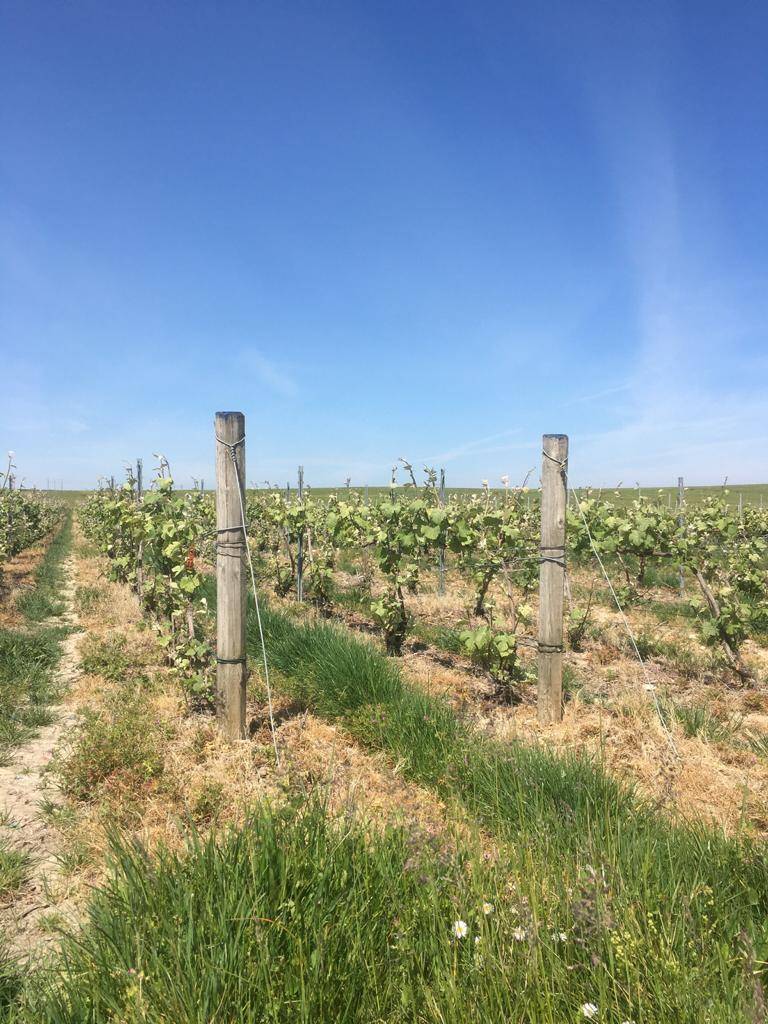
The sustainable winegrowing
Respect for the fauna and flora is an absolute necessity in our practices.
We actively respect the biodiversity of the Champagne region and its own ecosystem.
The Veuve Maurice Lepitre vineyard has obtained the HVE level 3 certification (High Environmental Value) and the VDC certification (Sustainable Viticulture in Champagne) since January 2020.
We limit the herbicides for 15 years: we do the weeding mechanically.
Fungicides are used as little as possible, giving preference to natural substances (like sulphur, copper)
We never use insecticides (RAK)
We use natural, non-chemical fertilisers (organo-mineral nitrogen) to activate mineralisation of organic matter, stimulate biological activity and improve soil-plant exchanges.
Water is used sparingly and reused where possible.
We have obtained environmental certification: “High Environmental Value Level 3” and “Viticulture Durable en Champagne”.
Every day, we preserve and enhance this heritage with the aim of passing it on to future generations.


Our grape varieties
The grape variety expresses itself due to the substances it absorbs from its soil.
In Rilly-la-Montagne, firstly it is the chalk of the limestone subsoil that gives the typicity to our wines in addition to our specific climate and the relief of our hillsides.
Since 1935, three grape varieties have been used in the production of Champagne,thanks to their perfect suitability to the terroir of the region.
The Veuve Maurice Lepitre estate distinguishes itself by its production of champagne from these 3 grape varieties present on its plot: 40% Chardonnay, 40% Pinot Meunier, then 20% Pinot Noir.
“The existence of Chardonnay is highly unusual for the region, where we find
essentially Pinot Noir and Pinot Meunier.
This exceptional grape variety which grows on a Pinot’s soil creates a unique character for our wines that we would love for you to taste !”

The Pinot Noir
This is a black grape with white juice.
It yields wines that are well structured,
rich and powerful with red fruits
aromas.

The Pinot Meunier
This is also a black grape producing mainly
white juice. It produces wines that are round and fruity; and secondly, it is late-budding and therefore more resistant to the spring frost.

The Chardonnay
This is a white grape with white juice. It gives finesse and elegance to the wine with a long maturing capacity. Chardonnay ages well and develops aromas of toast, brioche, hazelnut and citrus fruits.

